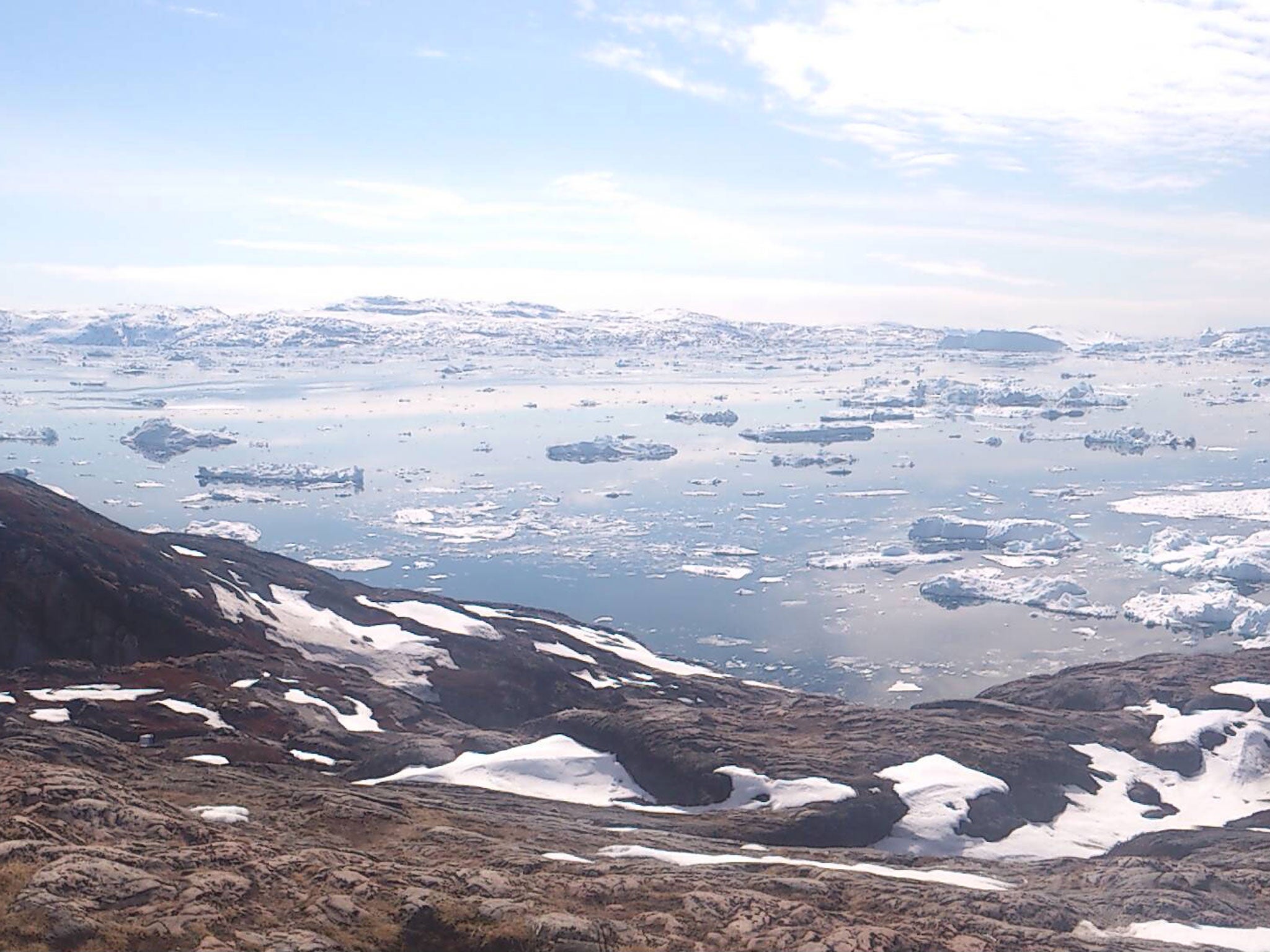Massive ice sheets melting 'at rate of 300bn tonnes a year', climate satellite shows
The Grace satellite measures tiny fluctuations of the Earth’s gravity field resulting from the loss of ice into the sea

Your support helps us to tell the story
From reproductive rights to climate change to Big Tech, The Independent is on the ground when the story is developing. Whether it's investigating the financials of Elon Musk's pro-Trump PAC or producing our latest documentary, 'The A Word', which shines a light on the American women fighting for reproductive rights, we know how important it is to parse out the facts from the messaging.
At such a critical moment in US history, we need reporters on the ground. Your donation allows us to keep sending journalists to speak to both sides of the story.
The Independent is trusted by Americans across the entire political spectrum. And unlike many other quality news outlets, we choose not to lock Americans out of our reporting and analysis with paywalls. We believe quality journalism should be available to everyone, paid for by those who can afford it.
Your support makes all the difference.A satellite that measures gravity fluctuations on Earth due to changes in the massive ice sheets of Greenland and Antarctica has detected a rapid acceleration in the melting of glacier ice over the past decade, which could have a dramatic impact on sea levels around the world.
The sheets are losing around 300 billion tonnes of ice a year, the research indicates.
However, scientists have warned that the measurements gathered since 2002 by the Gravity Recovery and Climate Experiment (Grace) flying in space are still too short-term for accurate predictions of how much ice will be lost in the coming decades, and therefore how rapidly sea levels will rise.
“In the course of the mission, it has become apparent that ice sheets are losing substantial amounts of ice – about 300 billion tonnes a year – and that the rate at which these losses occurs is increasing,” said Bert Wouters of Bristol University’s Glaciology Centre.
“Compared to the first few years of the Grace mission, the ice sheets’ contribution to sea-level rise has almost doubled in recent years,” added Dr Wouters, the lead author of the study published in the Earth sciences journal Nature Geoscience.
The Grace satellite measures tiny fluctuations of the Earth’s gravity field resulting from the loss of ice into the sea, but it cannot yet point to a long-term trend. Ice sheets also melt because of variations in the weather due to shifting ocean currents or decade-long oscillations in the weather systems of the North Atlantic Ocean.
A few more years of observations would be needed for the Grace experiment to point to whether global warming rather than natural variability is behind the loss of ice in the Antarctic, while it could take another 10 years of data to demonstrate a link with the loss of ice in Greenland, Dr Wouters said.
At the moment, the ice loss detected by the Grace satellite is larger than what would be expected from just natural fluctuations, but the acceleration in ice loss over the last few years is not, the scientists said.
Professor Andrew Shepherd of the University of Leeds said that less than a decade of satellite data from the Grace experiment is too short to establish with confidence whether the ice sheet losses are truly accelerating.
“Fortunately, we can appeal to data from other, longer satellite missions to get a long-term perspective, and our own analysis of their data confirms that the rate of ice sheet losses has indeed accelerated over the past 20 years,” Professor Shepherd said.
The melting of the world’s two great ice sheets is one of the greatest unknowns in climate-change science. Together, the ice sheets of Greenland and Antarctica contain about 99.5 per cent of the Earth’s glacier ice, which could increase average sea levels by 63 metres if they were ever to melt completely – an event that would in any case take many centuries.
Trying to predict how much they are likely to contribute to sea-level rise over the coming century has been notoriously difficult because of a lack of reliable and widespread ground observations from these remote and inaccessible places.
An estimate published earlier this year suggested that the ice sheets together, combined with mountain glaciers, could contribute anywhere between 3.5cm and 36.8cm to average sea levels by the year 2100, which would be in addition to the smaller sea-level rise due to the thermal expansion of the warmer oceans.
In its last report in 2007, the Intergovernmental Panel on Climate Change said that average sea levels are rising by about 2 millimetres a year. But, other scientists calculated last year that the true rate is about 3.2mm a year – about 60 per cent faster.
Join our commenting forum
Join thought-provoking conversations, follow other Independent readers and see their replies
Comments